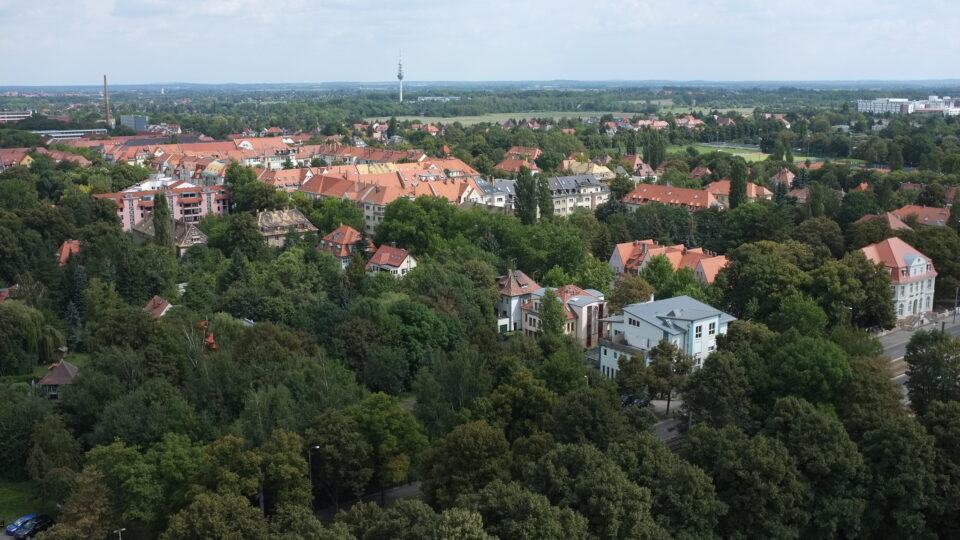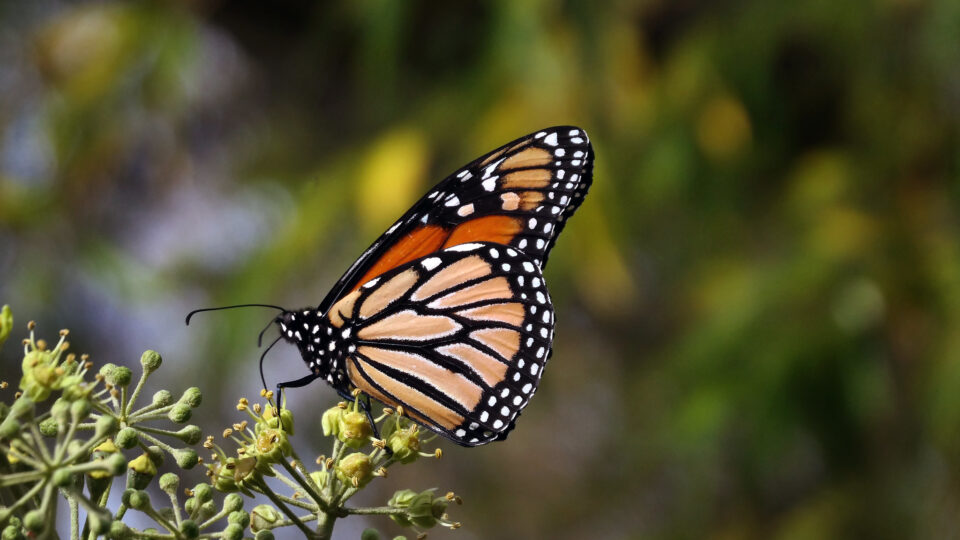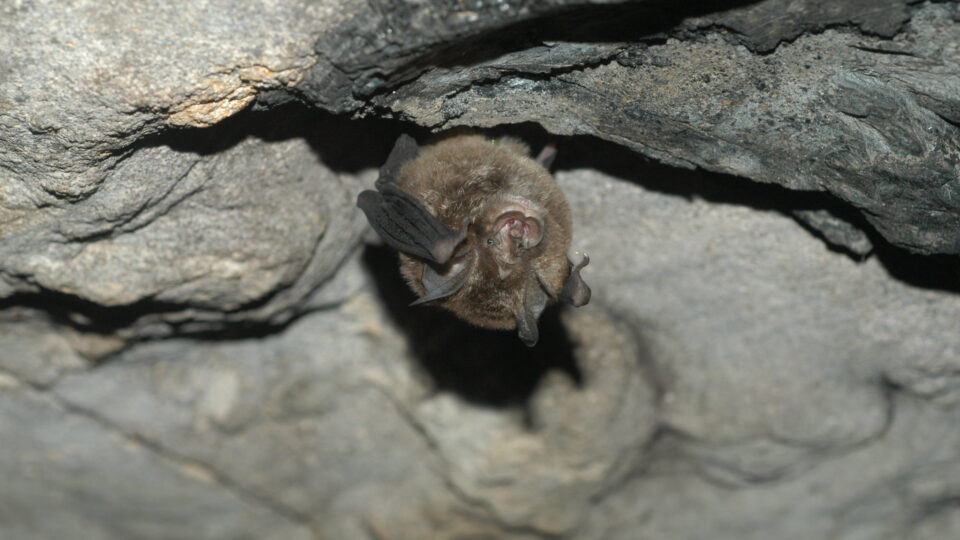According to a study published in the journal Jama Network Open last fall, the COVID-19 pandemic has tripled the rate of depression in U.S. adults in all demographic groups.
Previous studies have demonstrated that greenspaces in urban areas can have a positive effect on those people experiencing mental ill health. But most of those studies used self-reporting measures, which makes it difficult to compare results and draw conclusions.
As a result, an interdisciplinary research team from three research organizations in Germany tried to improve upon the work by involving an objective indicator: prescriptions of antidepressants. To figure out whether greenspaces – in this case street trees – could positively influence mental health, the researchers focused on how the number of street trees and their proximity to homes correlated to the number of prescribed antidepressants.
After analyzing data from nearly 10,000 people living in Leipzig, Germany, and combining the findings with data on city street trees, researchers were able to identify an association between antidepressant prescriptions and the number of street trees. The results were controlled for other factors known to be associated with depression, such as employment, gender, age, and body weight.
Having more trees within 100 meters of the home was associated with a reduced risk of being prescribed antidepressants. The association was especially strong for groups of people deprived of street trees.
Street trees in urban cities can not only serve as a nature-based solution for good mental health, but they can also contribute to climate change mitigation and biodiversity conservation.
**********
Web Links
Street trees close to the home may reduce the risk of depression
Photo, posted August 17, 2011, courtesy of Aleksandr Zykov via Flickr.
Earth Wise is a production of WAMC Northeast Public Radio.




